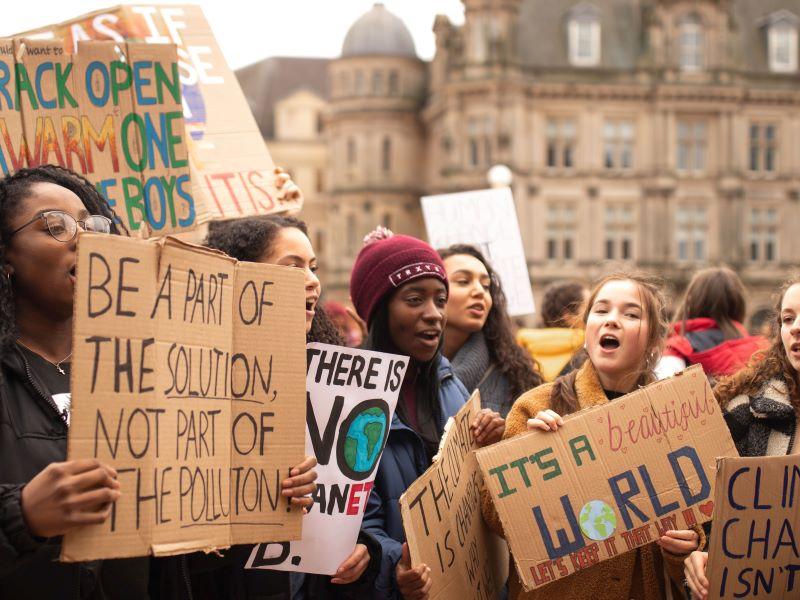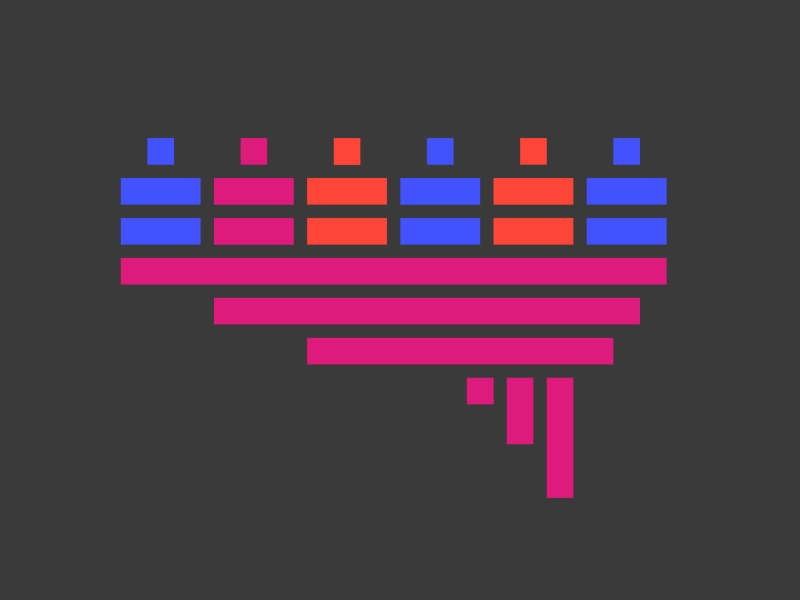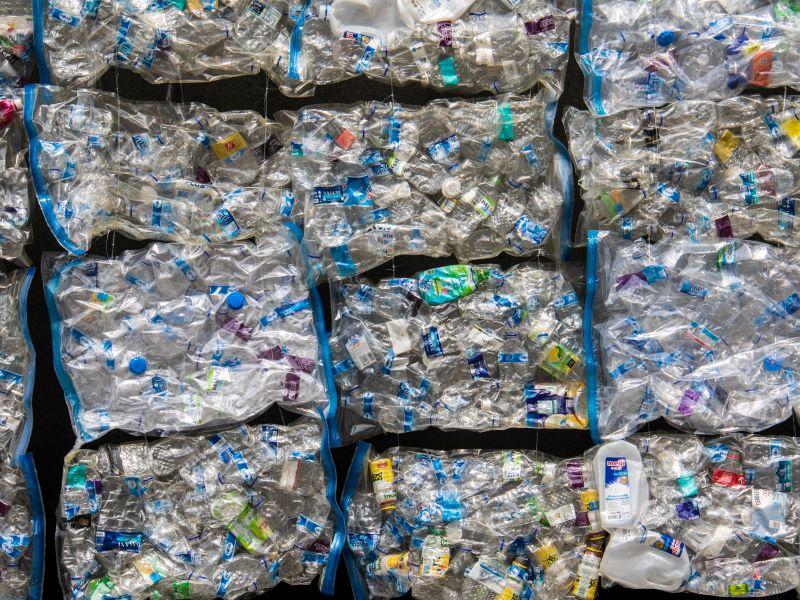At the core of the 2030 Agenda for Sustainable Development are the 17 Sustainable Development Goals (SDGs), or Global Goals, that provide an urgent call for action to end poverty, improve health and education, and reduce inequality while also tackling the climate crisis. At the University of Edinburgh, we are striving to contribute towards achieving these global aims.
An area where we’re committed to doing this is our short online course portfolio, which boasts more than 80 courses and serves 4 million learners worldwide. The portfolio is delivered across three free, open digital platforms: Coursera, FutureLearn and edX.
The following three steps provide an overview of our course design process, downloadable quick tips and guides to use when creating your own online materials, and how-to videos for creating educational media.
1. Plan a course that champions the Global Goals
We work with teams across the university to develop short online courses that support the Global Goals, such as “Mental health: a global priority”, “Climate solutions” and “Learning for a sustainable future”.
By reviewing the aims of the SDGs, selecting topic areas that align with them, and carrying out market research to find out what is currently on offer on digital learning platforms, you can see if there is a gap that could be filled with your area of expertise.
It’s a good idea to consider resources available to you – youth groups, key leaders, networks – with whom you could collaborate to create learning materials that offer unique and valuable insights into a topic.
2. Design your course – make it collaborative, inclusive and diverse
We support academic teams to use the ABC Learning Design method to design courses in a collaborative way. Try to gather a diverse team so that your course design is more likely to offer an inclusive perspective on the subject.
The ABC method pulls together 100 years of teaching and learning research and condenses it into a conversational framework of six learning types that are intuitive to use, and provides a shared terminology to discuss ideas.
Once you have a clear set of learning outcomes, you can devise the structure and content of your course – all in about 90 minutes. The aim is to build learning sequences of manageable, bite-size chunks, so your learners are not overloaded with information, can develop skills steadily, and remain active and engaged throughout the course.
3. Develop open, accessible materials
Offering open, accessible digital materials promotes lifelong learning and minimises barriers to education. Online courses on sustainability-related issues give people of all ages and backgrounds the opportunity to thrive and adapt to a changing world, and contribute to creating a sustainable future.
There are lots of fantastic collections of open-source materials available to use, reuse and adapt, including collections of images, textbooks and other resources offering high-quality content for your course. You can find a comprehensive list of websites worth bookmarking in our guide “Open education resource (OER) channels” downloadable at the top of this page.
Ensure that your course content and delivery is accessible to all learners by referring to the “Top 10 accessibility tips” guide, also available to download above.
When thinking about media production for education, it can be difficult to know where to start or how best to approach the process. You can find tutorials on scripting, storyboarding, filming and more on the “How to make video content” playlist.
The Content writing cheat sheet, downloadable above, offers basic content writing guidance that aligns with the six learning types used in ABC Learning Design.
To help you keep your written content clear, concise and easy to understand for diverse student audiences, refer to the “Plain English guide”, downloadable above.
Adhering to these simple content creation and design principles will make your course much more engaging and palatable to a global audience.
To summarise, we know that there are huge crises happening around the world that need to be addressed urgently – climate change, mental health, food security and more. The more people who have the opportunity to learn about these issues, the more likely it is that we can combat them. The fourth SDG pertains to “quality education” and aims to “ensure inclusive and equitable education and promote lifelong learning opportunities for all”.
With open, accessible learning, we can all contribute towards achieving this and more.
Lizzy Garner-Foy is an instructional designer at the University of Edinburgh




comment